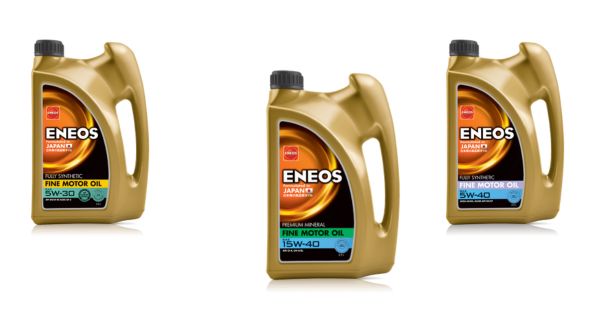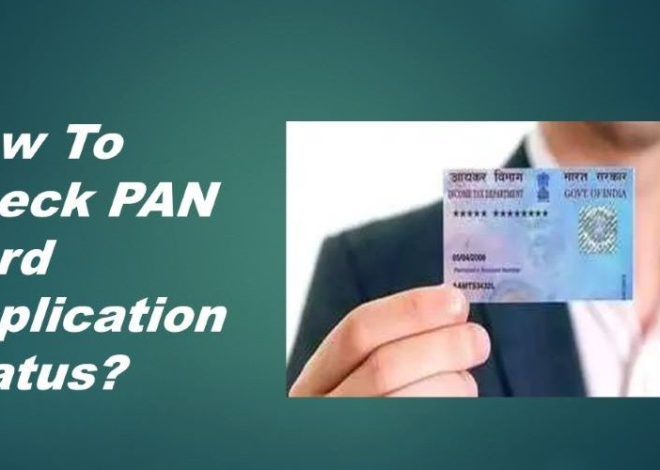
Maximizing Marketing Efforts with a Restaurants Email List
In the competitive restaurant industry, effective marketing is essential to attract and retain customers. One of the most powerful tools at your disposal is a restaurants email list. This resource enables targeted communication with restaurant owners, managers, chefs, and foodservice professionals. This article explores the benefits of using a restaurants email list, strategies for leveraging it effectively, and best practices for maintaining a high-quality database.
What is a Restaurants Email List?
A restaurants email list is a database of email addresses and contact information for individuals and businesses in the restaurant industry. This can include restaurant owners, general managers, chefs, food and beverage directors, and other key decision-makers within the foodservice sector. By targeting a restaurants email list, businesses can direct their marketing efforts towards professionals who are directly involved in the industry.
Why Focus on Restaurants?
1. Targeted Marketing
A restaurants email list allows businesses to tailor their marketing efforts to a specific industry segment. Whether you offer restaurant supplies, equipment, technology solutions, or marketing services, reaching out to restaurant professionals ensures that your message is relevant to those who need it most. Targeted marketing increases the likelihood of engagement and conversion.
2. Building Industry Relationships
Connecting with restaurant professionals through email can help build valuable relationships within the industry. Networking with restaurant owners and managers can lead to opportunities for partnerships, collaborations, and referrals. Establishing a strong presence in the restaurant community can also enhance your brand’s credibility and reputation.
3. Promoting Special Offers and Events
If your business offers promotions, discounts, or special events, a restaurants email list provides a direct channel to inform potential customers. Whether it’s a sale on kitchen equipment, a new menu item, or a workshop on restaurant management, targeted email campaigns can effectively communicate these offers to the right audience.
Building and Maintaining an Effective Restaurants Email List
To maximize the benefits of a restaurants email list, it’s important to focus on building and maintaining a high-quality database. Here are some best practices:
1. Source Reliable Data
Ensure that your restaurants email list is sourced from reputable providers. Look for vendors who offer verified and up-to-date contact information. Reliable data reduces the risk of bounce backs and ensures that your emails reach valid recipients. Consider using specialized data providers who focus on the foodservice industry.
2. Segment Your List
Segmentation allows you to target specific subsets of your email list based on criteria such as restaurant type (e.g., fine dining, casual dining, fast food), geographic location, or size. For example, if you sell restaurant technology solutions, you might segment your list to target decision-makers in larger establishments that are more likely to invest in advanced systems.
3. Regularly Update Your List
Maintaining the accuracy of your email list is crucial. Implement regular list cleaning and updating processes to remove inactive or incorrect addresses. This helps in reducing bounce rates and improving overall email deliverability. An up-to-date list ensures that your communications reach the intended recipients.
4. Comply with Regulations
Be aware of and comply with email marketing regulations and data protection laws, such as the GDPR (General Data Protection Regulation) or CAN-SPAM Act. Ensure that your email marketing practices adhere to these regulations by obtaining proper consent and providing opt-out options in your emails.
Crafting Effective Email Campaigns for Restaurants
With a well-maintained restaurants email list, the next step is to create impactful email campaigns. Here are some tips for crafting emails that resonate with restaurant professionals:
1. Personalize Your Emails
Personalization enhances the effectiveness of your email campaigns. Use data from your restaurants email list to customize your messages based on the recipient’s role, restaurant type, or previous interactions. Personalized emails are more likely to capture attention and drive engagement.
2. Highlight Value and Relevance
Restaurant professionals receive numerous emails daily, so it’s essential to offer value in your communications. Provide relevant information, insights, or resources that address their specific needs or challenges. For instance, you might share industry trends, case studies, or tips for improving restaurant operations.
3. Create Engaging Content
Your email content should be engaging and visually appealing. Use high-quality images, clear formatting, and concise language to communicate your message effectively. Avoid jargon and ensure that your content is easy to read and understand.
4. Optimize for Mobile
A significant portion of email opens occurs on mobile devices. Ensure that your emails are mobile-friendly by using responsive design and optimizing content for smaller screens. Mobile-friendly emails provide a better user experience and increase the likelihood of conversions.
5. Include Clear Calls to Action
Your emails should include clear and compelling calls to action (CTAs) that guide recipients on the next steps. Whether it’s scheduling a demo, requesting more information, or making a purchase, ensure that your CTAs are prominent and easy to follow.
Measuring and Analyzing Your Email Campaigns
To assess the success of your email campaigns, it’s important to track and analyze key performance metrics. Here are some essential metrics to monitor:
1. Open Rates
Open rates indicate how many recipients have opened your emails. High open rates suggest that your subject lines and sender names are effective in capturing attention.
2. Click-Through Rates
Click-through rates (CTR) measure how many recipients clicked on links within your emails. A high CTR indicates that your content is engaging and that your CTAs are compelling.
3. Conversion Rates
Conversion rates track the percentage of recipients who take the desired action, such as signing up for a webinar or making a purchase. This metric helps in evaluating the overall effectiveness of your email campaigns in driving business goals.
4. Bounce Rates
Bounce rates measure the percentage of emails that could not be delivered to recipients’ inboxes. High bounce rates may indicate issues with the quality of your email list or technical delivery problems.
Leveraging a Restaurants Email List for Business Growth
A restaurants email list is a valuable resource for reaching and engaging with professionals in the foodservice industry. By focusing on targeted email marketing strategies and maintaining a high-quality database, businesses can effectively connect with potential customers, build relationships, and drive growth within the restaurant sector.
In summary, a well-curated restaurants email list can enhance your marketing efforts, improve engagement, and unlock new opportunities. By leveraging this resource strategically and adhering to best practices, you can achieve your marketing objectives and establish a strong presence in the restaurant industry.


